
Christmas in the Philippines – Our favourite festive traditions
Nothing spells joy and togetherness like a Filipino Christmas. The food, the colours, the music and the celebrations are unforgettable experiences shaping who we are as Filipinos.
Wherever you are in the world, whether you’re there for work or life, you can still take these Christmas traditions with you and share them with the people you love.
So, let’s look back at some of the things that make the holidays in the Philippines truly Filipino.
Christmas starts in September

The Philippines’ four-month long Christmas celebration, locally called the “Ber” Months, happens on the last four months of the year and ends on the first week of January during the Feast of the Three Kings.
Come September, you’ll start hearing these popular Christmas songs in almost every retail hub:
- Christmas in Our Hearts by Jose Mari Chan – You’ll see the singer in several holiday-themed advertisements too!
- All I Want for Christmas is You by Mariah Carey – Some people may even sing this in the annual office Christmas contest.
- Any Nat King Cole, Frank Sinatra, or Michael Bublé holiday classic – These songs play in malls to subtly remind you to start your Christmas shopping.
- Sana Ngayong Pasko by Ariel Rivera – This is for anyone who’s missing a loved one this Christmas.
- Christmas Bonus by Aegis – You’ll hear this song when it’s time to give or receive that extra holiday pay.
So why does the Filipino Christmas last so long?
- For festive people, it’s the perfect reason to decorate and celebrate.
- It’s a reminder that the people we love will soon be home, especially if they work abroad as Overseas Filipino Workers (OFWs) or in other cities in the Philippines.
- Christmas and the festivities around it are a way to be together amid life’s challenges.
Now, that we’ve talked about the Ber Months, let’s discuss one of the main motifs you’ll see during the holidays.
The Parol
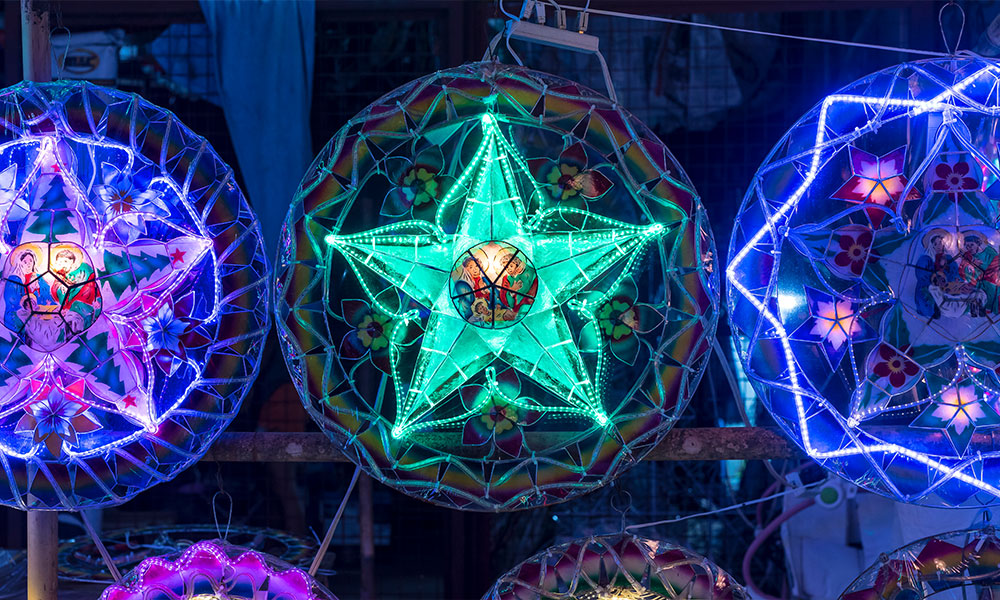
The colourful, brightly lit stars that line the streets, stalls, and shops all over the Philippines are called parols.
First made by Francisco Estansilao in 1908 in San Fernando, Pampanga, the parol lit the way for Filipinos walking to mass or through a patron saint’s procession.
Traditionally, parols were made of bamboo and thin Japanese paper or papel de Hapon.
Over time, artisans used capiz shells, along with other materials, including plastic, fibreglass, and brass, for their designs. Once electricity was within reach, the brilliant flashing parols found a permanent spot in our annual Filipino Christmas traditions.
In fact, the parol has become so ingrained in our culture that we have several lantern festivals across different locations in the country.
In San Fernando, Pampanga, the birthplace of the parol, there is the Giant Lantern Festival, also known as the Ligligan Parul. The University of the Philippines holds lantern parades in several locations, including the Visayas, and in 2016, Davao City also held their own lantern parade and parol-making contest called Parada sa Mga Parol (Parade of Lanterns).
The parol even tugged at heartstrings worldwide when it was featured in Disney’s #FromOurFamilyToYours campaign in 2020.
Filipino families also see the parol when they attend the nine masses of Simbang Gabi.
Dawn masses
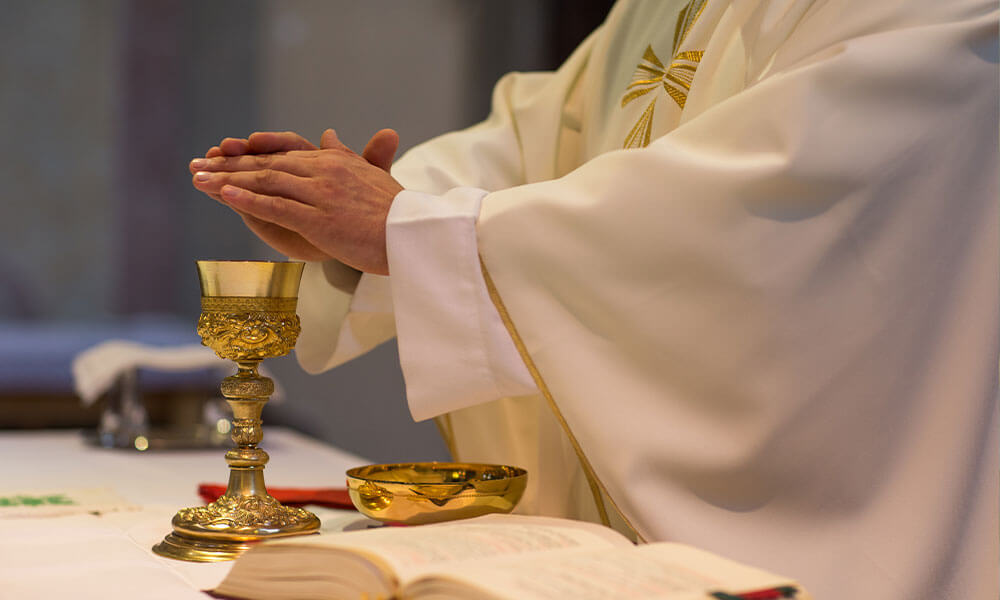
Simbang Gabi, or the Filipino Christmas Dawn Mass, runs from the 16th – 24th of December. For nine mornings, people flock to the Catholic church as early as 4 a.m. to celebrate mass and complete the novena before Christmas.
Some Filipinos believe if they complete all nine masses, their wishes or prayers may come true.
So prevalent is the Simbang Gabi in Filipino culture that it even became a concept for a popular Filipino film in the 2000s.
Also, if work or school gets in the way of attending masses at dawn, there are now anticipated masses in the evenings before Simbang Gabi.
Once inside the church, you may see parols and a replica of the Christian nativity scene.
After mass, you can step outside the church and visit the nearby food stalls to fill your stomach with traditional Filipino Christmas food like bibingka, pandesal, suman, and a hot cup of brewed coffee or local chocolate called tablea.
Now that we’ve mentioned food, let’s talk about the main event of the holidays: the noche buena.
The Noche Buena and Media Noche
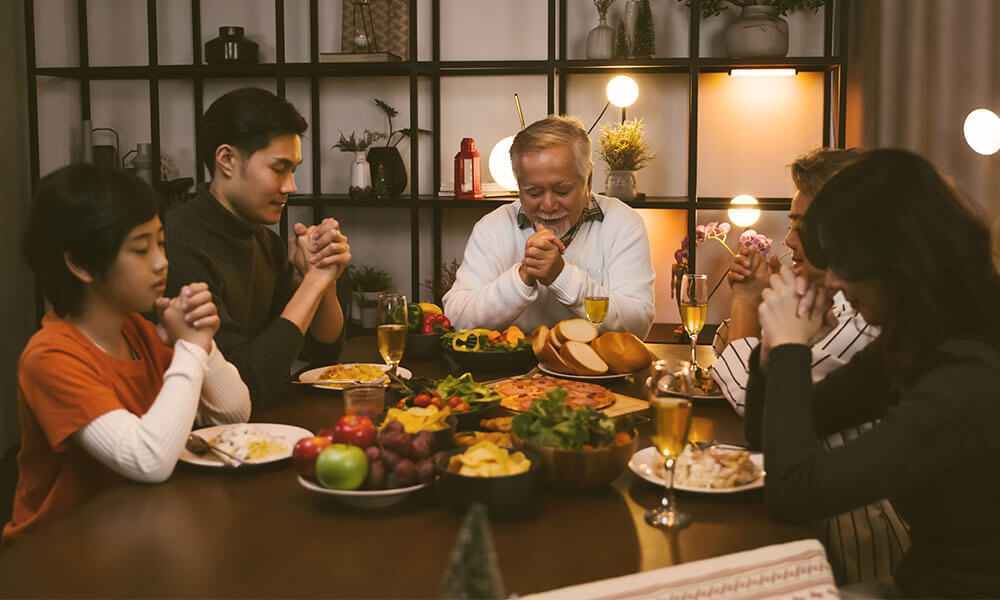
It won’t be a Filipino Christmas without the food!
According to Connie Veneracion for The Spruce Eats, “For Filipinos, noche buena is the night, and the feast, before Christmas Day. More specifically, it is the meal eaten after hearing the midnight mass to welcome Christmas Day.”
This is also a time for family to gather and celebrate; Filipinos love celebrating over food! In fact, we have two midnight feasts during the holiday season. While we have the noche buena to celebrate Christmas, we also have the media noche to greet the New Year.
So, let’s go over what we eat at each feast.
Popular Noche Buena Food

When it comes to Christmas Eve dining, these are the dishes you’ll usually find in a Filipino Christmas table:
- Christmas ham or hamon – This cooked ham comes in different forms: smoked hams, bone-in hams, hamon de bola (ball-shaped ham). It’s usually served with a sweet sauce or glaze, for example, a pineapple glaze. It also goes well with pandesal (Filipino rolls) and queso de bola (ball-shaped cheese).
- Bibingkang galapong – A fluffy rice cake, the bibingkang galapong is wrapped in banana leaves and baked over charcoal. It’s usually topped with salted egg, desiccated coconut, sugar, butter, and/or cheese and goes well with a cup of local hot chocolate.
- Puto bumbong – This sticky rice cake is known for its purple colour and is usually sold alongside the bibingkang galapong. In fact, its toppings are like those of the bibingka.
- Rellenong Manok – According to Tatler Asia, this dish is also known as the chicken relleno or the chicken gallantina. It is a deboned chicken stuffed with ground pork, Vienna sausages, gherkins, raisins, and hardboiled eggs. The rellenong manok also comes with gravy on the side.
- Fruit Salad – Made with an assortment of fruits, condensed milk, and all-purpose cream, this chilled dessert is one of the go-to dishes for noche buena.
- Macaroni Salad – Yes, you read that right: macaroni. A cold dish, this salad is made of macaroni mixed with mayonnaise, assorted vegetables, raisins, and your choice of toppings. Some recipes may also include condensed milk and cheese.
- Fruit cake – This is that brandy loaf with fruits, nuts, and spices that most people get for Christmas and leave in the freezer for months. Not that it tastes bad, there’s just so much of it going around.
Popular media noche food
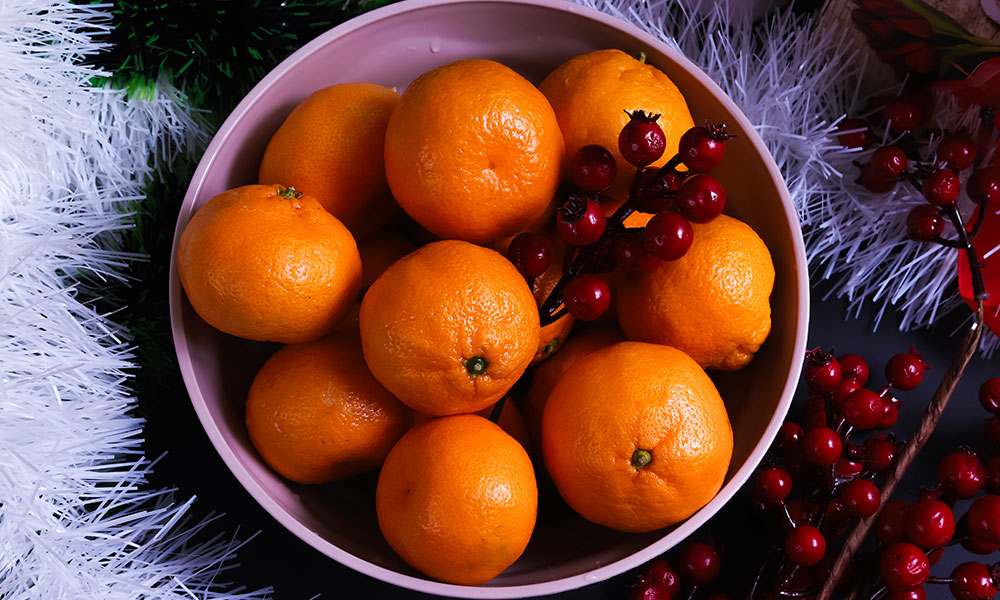
A Filipino Christmas extends to the New Year, and so do the feasts. On New Year’s Eve, you’ll still have rice cakes, hams, and salads, but the other dishes on the table serve both a nourishing and symbolic purpose.
Here’s what to expect on a Filipino table for media noche:
- 12 round, ripe fruits – The ripe fruits represent boundless prosperity for the whole year and forever.
- Lentils and grains – Like the coins you keep locked away in a safe or piggy bank, lentils and overflowing grains represent wealth and blessings.
- Noodles – Served in sweet Pinoy spaghetti or pansit, noodles stand for the long life you wish each member of the family.
The gift of food is something we Filipinos appreciate in any celebration; but at Christmas, we have other gift giving traditions as well.
Filipino Christmas gift giving traditions

After the meals come the presents! Leading up to Christmas, you’ll see “Merry Christmas” envelopes being passed around. This is for the Aguinaldo or Pamasko, cash gifts for family and people you appreciate.
At school or in the office, teachers and co-workers may also organise the Monito-Monita or Manito-Manita. This is the Filipino version of Secret Santa.
Participants draw names to choose their recipient, called the monito (male) or the Monita (female). Leading up to the last day of school or work, they will exchange gifts depending on a theme and within a reasonable budget. And at the class or office Christmas party, they’ll present their last gifts and reveal whose names they drew out.
Spending Christmas in the Philippines
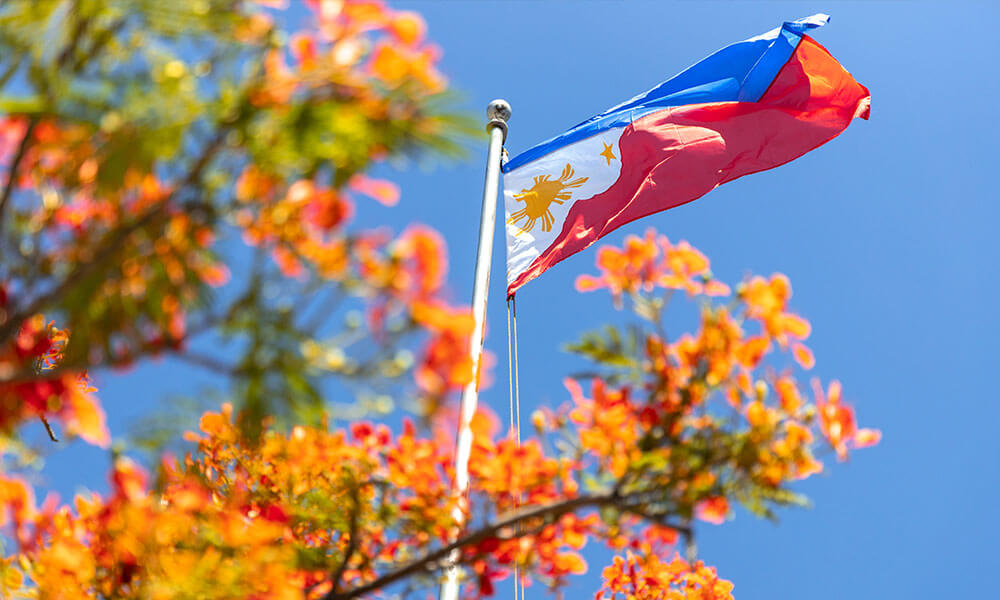
For an OFW or any Filipino living abroad, being home for Christmas is one of the best presents you can give yourself. Being surrounded by friends and family, enjoying comfort, food, and the feeling of being at home are priceless.
But, before you start pre-booking a flight ticket home, make sure you’ve planned out a budget that includes your living expenses, your travel fees, taxes, and gifts. Talk with your family about your plans and review your finances too.
To get a better idea of how to better handle your savings, check out our top 5 money management tips for OFWs.
And if you’re staying put this year but want to send money to the Philippines, always use a secure money transfer app like Kabayan Remit, to ensure your hard-earned savings arrive safely and reach the people you love.
All of us at Kabayan Remit would like to wish you a merry Christmas and a happy new year!
